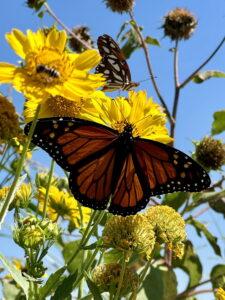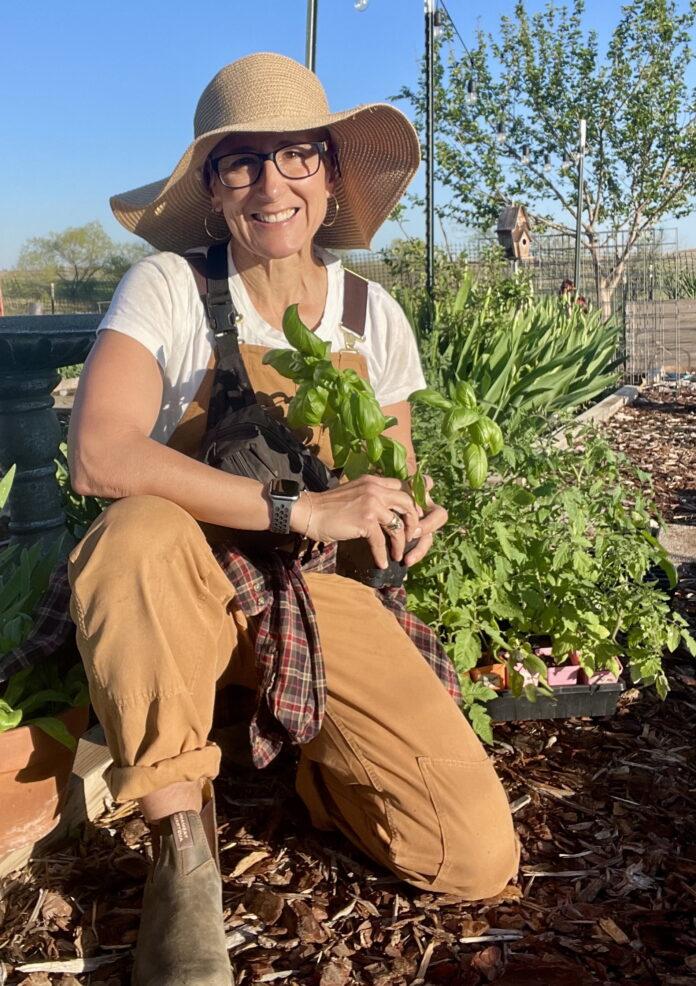It’s National Plant Something Day! Such a happy day to celebrate for this wanna be green thumb. This day is celebrated on May 19 to encourage all of us to plant something either indoors or out. Flowers, vegetables or even a tree is a great start.
So you ask: “Jenn how do I get started on planting something? What is the difference between an annual and a perennial? What do they mean when they say ‘what planting zone are you in?'” Here are a few tips or ideas that just may help you plant something:
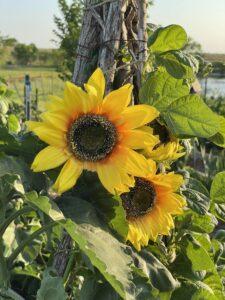 Annual plants are plants that complete an entire life cycle: sprouting from seed, growing, flowering, producing more seeds and then dying in one growing season. They will not return the following year. A few flowers, petunias, marigolds, sunflowers, cosmos and herbs, basil, parsley, dill and vegetables to include tomatoes, cucumbers, zucchini to name a few.
Annual plants are plants that complete an entire life cycle: sprouting from seed, growing, flowering, producing more seeds and then dying in one growing season. They will not return the following year. A few flowers, petunias, marigolds, sunflowers, cosmos and herbs, basil, parsley, dill and vegetables to include tomatoes, cucumbers, zucchini to name a few.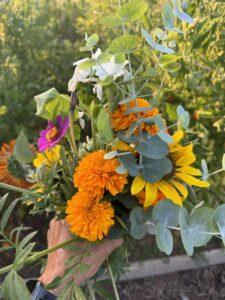
- Perennial plants, which are my favorites, are plants that live for more than two years but go dormant in the winter. Good news they return the next growing season with the same root system. Adding a little organic fertilizer and trimming back old shoots will usually bring that plant back even fuller and more beautiful. Hosta, peony, daylily, lavender, mint or asparagus.
- The actual name for “planting zone” is Plant Hardiness Zone. The USDA ( US Department of Agriculture)The USDA Plant Hardiness Zone Map is the standard by which gardeners and growers can determine which perennial plants are most likely to thrive at a location. The map is based on the average annual extreme minimum winter temperature, displayed as 10-degree F zones and 5-degree F half zones. I use this chart easily by entering my zip code in the search box. It will tell me my zone for example I’m located in Oklahoma 7b. There are 13 plant hardiness zones with 1 being the coldest and 13 being the warmest. Next, I always check the frostdates.
- Why are frost dates important? We generally have a last frost average date, Spring, where we shouldn’t see extreme cold temperatures and it is safe to plant . We also have a first frost average date which is in the Fall. These dates mark the beginning and the end of the growing season. You need to know your frost dates so you don’t plant too early or too late.

Here comes the fun part! You know your plant hardiness zone, your frost dates, now is the time to decide what it is that you want to plant. Maybe a few flowers around your house. Spring brings so many colors with pansy, violia, black eyed Susans, snapdragons, zinnias and those trusted marigolds. Planting flowers in pots or in landscaped areas are also a great way to catch glimpses of the local bees and hummingbirds.
How about a garden? Every place we were stationed I would have a raised bed or two. Planting tomatoes, cucumbers, beans, zucchini or even pumpkins and watermelon. Even if you don’t have an area to plant large amounts of veggies and herbs, you can grow them in small porch containers like flower pots, grow bags or food grade buckets. Tomatoes, peppers, lettuce and herbs are a great start.
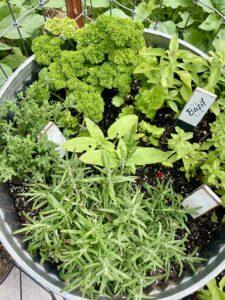
Want to plant a tree or shrub? Try planting a tree that blooms every Spring around this time of year. Crepe Myrtle, Bradford Pear ( though beautiful can give off a not so pleasant smell) RedBud or Crabapple. Everyone loves those beautiful hydrangeas, roses, butterfly bushes or rhododendrons. With the right care these will come back year after year and give your yard a bitof character, structure and curb appeal.
Not a big outdoors person? Check out my previous blog for National Houseplant Appreciation Day. You will be sure to find a few ideas as you read along and you can plant something indoors.
National Planting Day on May 19 is more than a date to plant something, it is also a chance to step out of your comfort zone. By planting wisely, using what we know about hardiness zones, frost dates, and plant types, we set ourselves up for success. This year, let’s get our hands in the dirt and do our part. Plant something meaningful, and let it grow. With a little TLC you will be blooming beautifully.
